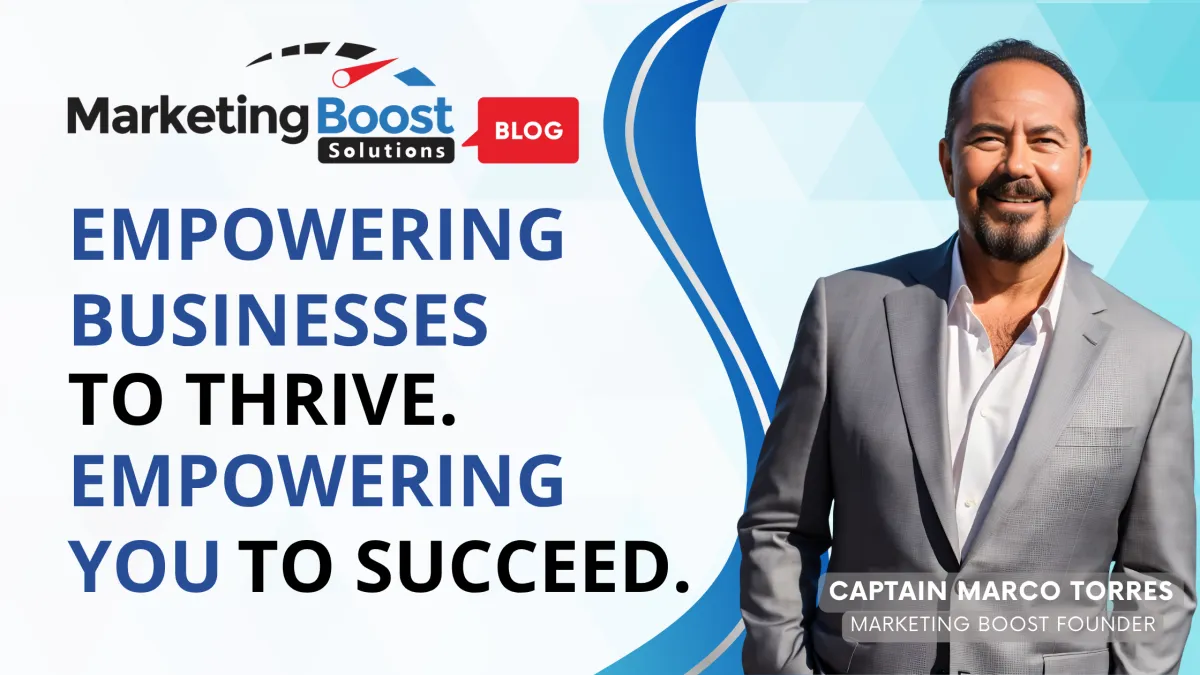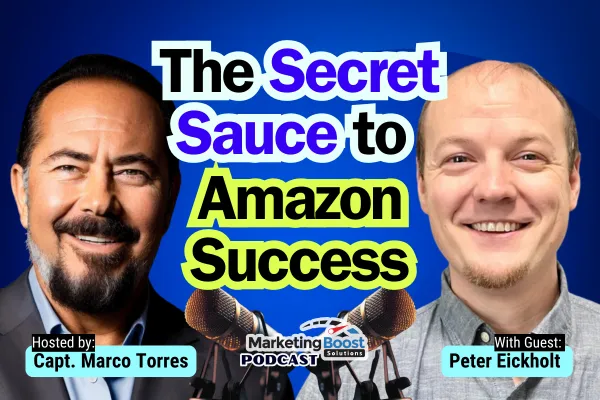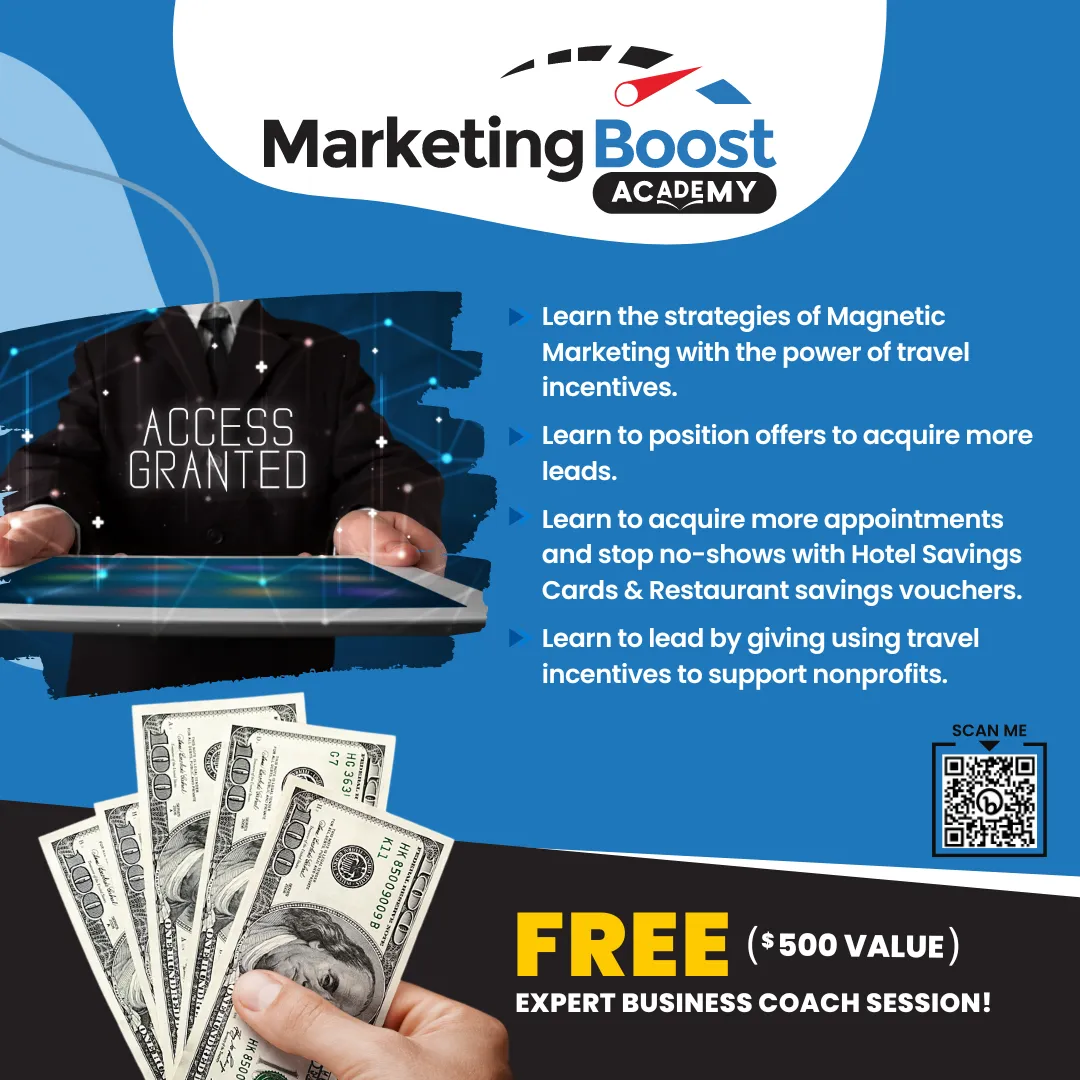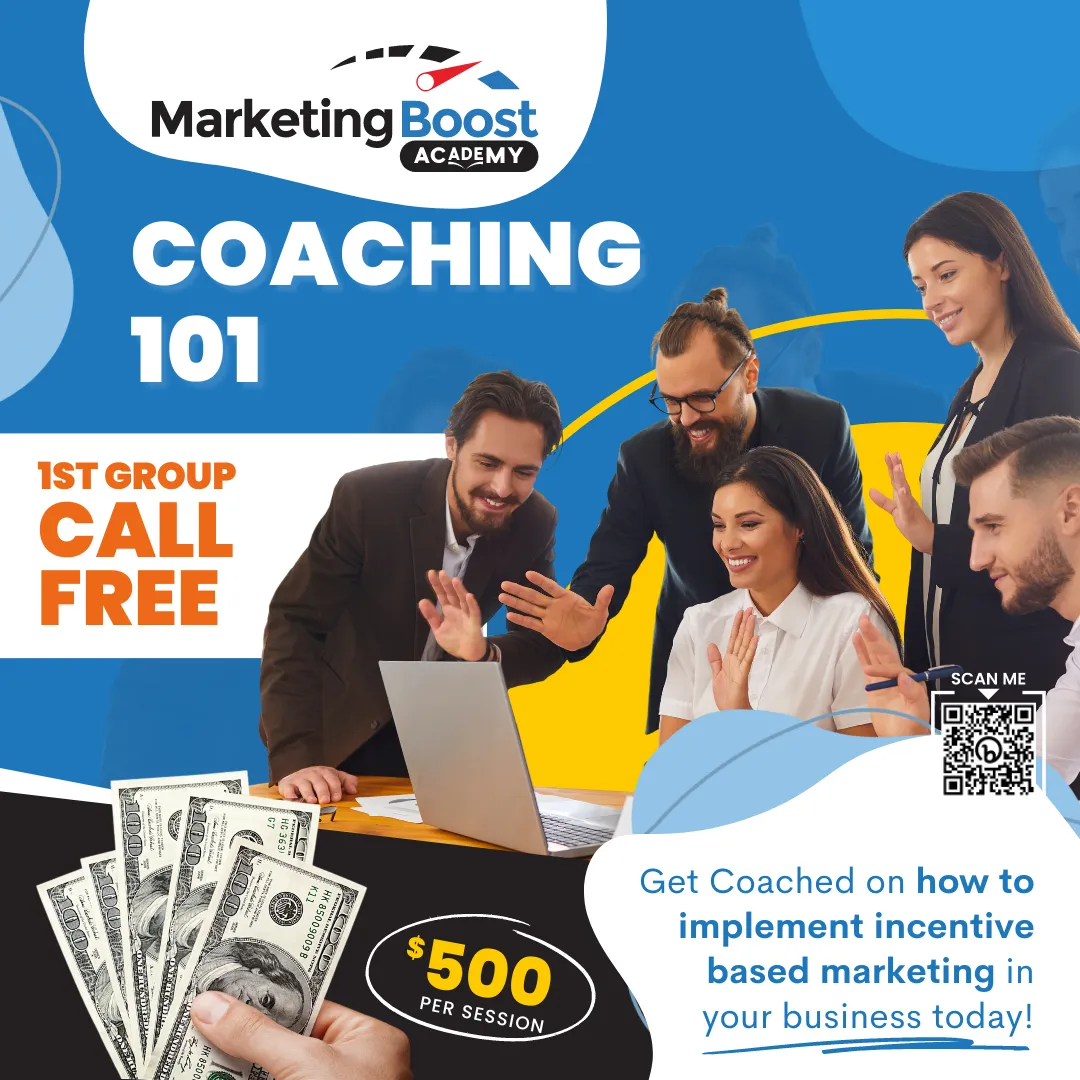

Welcome to the Marketing Boost Solutions Podcast Show Blog! Your go-to podcast for igniting business growth and mastering powerful marketing strategies! Hosted by the visionary Captain Marco Torres, this show dives deep into the tactics, tools, and insights that drive real results. Each episode features top industry experts who share actionable solutions to your biggest marketing and sales challenges. With decades of experience helping entrepreneurs thrive, Captain Marco delivers the knowledge and inspiration you need to boost your bottom line and scale your success. Tune in and transform your business. One breakthrough strategy at a time.

Unlocking Explosive Growth and Profitability on Amazon: Proven Strategies to Elevate Your Brand | Peter Eickholt
How to Grow Your Brand on Amazon: Expert Strategies from Peter Eickholt of ROI Swift
🎙️In the ever-evolving world of Amazon, standing out and scaling your brand requires more than just listing products and hoping for the best. In this episode of the Marketing Boost Solutions Podcast, we sat down with Peter Eickholt, VP of Operations at ROI Swift, to unpack the nuanced strategies that drive real growth on Amazon. Drawing from his journey from optimizing sales for a vinyl fence company to leading Amazon growth for diverse brands, Peter shared actionable insights that every seller, new or established, can leverage.
Below, we break down the main themes and expert tips from the episode, providing you with a comprehensive guide to thriving on Amazon in 2024 and beyond.
-----------------------------------------------------------------------------------------------------------------------------------------
1. Mastering Profitability: Know Your Numbers, Know Your Margins
Why It Matters:
Amazon’s marketplace is more competitive and costly than ever. With a 15% referral fee, fulfillment costs, and rising advertising expenses, understanding your true profitability is non-negotiable.
Actionable Steps:
Calculate All-In Costs: Factor in Amazon’s referral fees, FBA (Fulfillment by Amazon) fees, shipping, cost of goods, and advertising spend. Use tools like Amazon’s FBA calculator or third-party profit analytics platforms.
Monitor Margins Regularly: Don’t set and forget. As fees and ad costs change, so do your margins. Review profitability monthly.
Optimize Packaging: As Peter highlighted, packaging size directly impacts fulfillment fees. A case study he shared involved an oral health brand that saved significantly by redesigning packaging to fit a lower fee tier—boosting profit without changing the product.
Set Profitability Targets: Establish minimum acceptable profit margins for each SKU. If a product falls below, reassess pricing, costs, or advertising strategy.
Expert Insight:
“Many brands focus on top-line sales, but if you’re not watching your bottom line, you’re just spinning your wheels. Know your numbers inside and out.” — Peter Eickholt
2. Inventory Management: The Unsung Hero of Amazon Success
Why It Matters:
Stockouts kill momentum, hurt your rankings, and lead to lost sales. Conversely, overstocking ties up cash and can lead to storage fees.
Actionable Steps:
Maintain 60–75 Days of Inventory: This buffer helps you weather demand spikes and supply chain hiccups.
Leverage Amazon’s Inventory Tools: Use Amazon’s automated distribution and restock recommendations, but always cross-check with your own sales velocity data.
Forecast with Data: Analyze historical sales, seasonality, and promotional plans to anticipate inventory needs.
Plan for Lead Times: Factor in manufacturing and shipping times, especially if you’re importing goods.
Common Pitfall:
Brands often underestimate how quickly inventory can run out, especially after a successful promotion or during peak seasons. This leads to longer shipping times, lower conversion rates, and lost Buy Box eligibility.
3. Organic Listing Optimization: Win Without Overspending on Ads
Why It Matters:
Optimized listings drive organic traffic and sales, reducing reliance on paid ads and improving long-term profitability.
Actionable Steps:
Keyword Research: Use tools like Helium 10, Jungle Scout, or Amazon’s own Brand Analytics to identify high-volume, relevant keywords.
Strategic Placement: Incorporate primary keywords in your product title, secondary keywords in bullet points, and supporting terms in the product description and backend search terms.
A+ Content: Invest in Amazon’s A+ Content (formerly Enhanced Brand Content) to create visually rich, informative product pages. This can include carousels, comparison charts, and videos.
Image Optimization:
Use high-resolution images (at least 1000x1000 pixels).
Include infographic-style images that highlight key features and benefits.
Show the product in use to help customers visualize ownership.
Review Analysis: Use AI tools to analyze customer reviews—both yours and competitors’—to identify common pain points and address them in your copy and images.
Expert Insight:
“Copy is for the algorithm, but images are for the customer. Infographics and lifestyle shots can make or break your conversion rate.” — Peter Eickholt
4. Advertising Strategies: Smart Spend for Maximum Impact
Why It Matters:
Amazon’s pay-to-play environment means you can’t ignore advertising, but you must spend wisely to avoid eroding profits.
Actionable Steps:
Non-Brand Keyword Focus: Allocate the majority of your ad budget to non-branded keywords. Over 70% of Amazon searches are generic—capture this demand to grow your brand.
Competitor Targeting: Use Sponsored Product and Sponsored Display ads to target competitor listings, especially if you have better ratings or pricing.
Video Ads:
Invest in video ads, especially for demonstrable products.
Take advantage of expanded placements—videos now appear at the top of search results and on product detail pages.
Keep videos concise, clear, and focused on benefits.
Continuous Optimization: Monitor ACoS (Advertising Cost of Sale), ROAS (Return on Ad Spend), and adjust bids and budgets based on performance.
Pro Tip:
Don’t overspend on branded keywords. Protect your brand, but focus growth efforts on capturing new customers.
5. Customer Engagement & Data: Navigating Amazon’s Walled Garden
Why It Matters:
Amazon restricts access to customer data, making remarketing and relationship-building challenging.
Actionable Steps:
Follow-Up Emails: Use Amazon’s system to send one follow-up email per order. Focus on providing value—how-to guides, product tips, or review requests. Avoid direct promotions or discounts, which violate Amazon’s terms.
Product Inserts:
Include inserts that encourage reviews or direct customers to helpful resources.
Ensure compliance with Amazon’s policies—never incentivize reviews or direct customers off-Amazon for discounts.
Retargeting: Use Amazon’s advertising tools to retarget past purchasers with complementary products.
Expert Insight:
“Amazon owns the customer, but you can still build brand loyalty through thoughtful engagement and exceptional product experiences.” — Peter Eickholt
6. Leveraging AI and Data for Competitive Advantage
Why It Matters:
AI tools can uncover insights at scale, helping you optimize listings, analyze competitors, and improve customer experience.
Actionable Steps:
Review Mining: Use AI to analyze thousands of reviews for common themes—then address these in your product development and listing content.
Competitor Benchmarking: Regularly compare your listings, pricing, and reviews to top competitors. Identify gaps and opportunities.
Content Generation: Use AI to draft product copy, generate image ideas, and even automate keyword research—always review for accuracy and brand voice.
7. Scaling Smart: Avoiding the Race to the Bottom
Why It Matters:
Competing solely on price is a losing game, especially as tariffs and low-cost competitors squeeze margins.
Actionable Steps:
Differentiate on Quality: Highlight unique features, superior materials, or better customer service.
Build Social Proof: Prioritize gathering reviews and maintaining high ratings. If your rating drops below 4 stars, investigate and address the root causes immediately.
Monitor Market Trends: Stay ahead of regulatory changes (like tariffs) and adapt your pricing and sourcing strategies accordingly.
8. Expert Advice for New Sellers: Start Strong, Stay Informed
Why It Matters:
The Amazon landscape is complex and fast-changing. A slow or uninformed start can doom your efforts before you gain traction.
Actionable Steps:
Do Your Homework: Research your category, competitors, and customer expectations before launching.
Invest in Expertise: Consider partnering with agencies or consultants who live and breathe Amazon.
Act Decisively: Don’t “dip your toe in.” Launch with optimized listings, sufficient inventory, and a clear advertising plan.
Continuous Learning: Stay updated on Amazon’s ever-changing rules, features, and best practices.
Peter Eickholt’s insights underscore a central truth: Amazon success is built on data, discipline, and differentiation. By mastering your numbers, optimizing every aspect of your listing, managing inventory with precision, and leveraging the latest advertising and AI tools, you can build a resilient, profitable Amazon business.
Ready to take your Amazon brand to the next level?
Audit your current listings and profitability.
Implement the strategies above.
Stay agile and keep learning—Amazon never stands still, and neither should you.
For more expert tips and case studies, subscribe to the Marketing Boost Solutions Podcast and visit Peter's resources below:
Website: https://roiswift.com/
LinkedIn: https://www.linkedin.com/company/10686478/admin/dashboard/
Like what you read? Share this post, leave a comment with your questions, and let’s keep the conversation going!









